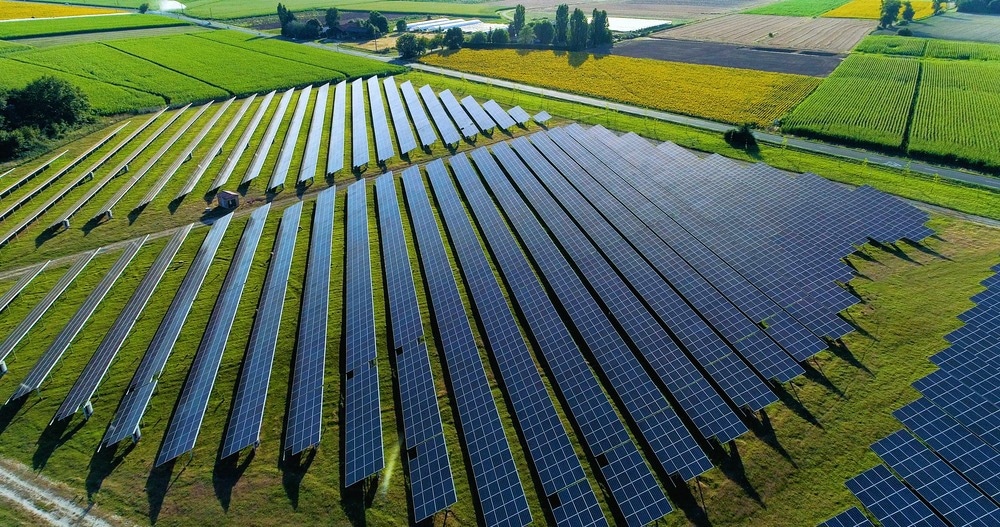Writing in Energies, a team of researchers from the University of Huddersfield and the University of York in the UK has investigated weak spot prediction methods for photovoltaic solar cell technologies.

Study: A Review of Models for Photovoltaic Crack and Hotspot Prediction. Image Credit: Fly_and_Dive/Shutterstock.com
Background to the Research
Photovoltaic solar cells are currently a key area of renewable energy research and accurately monitoring their performance is vital for field applications. Several critical issues can occur during manufacture and operation which can have an enormous impact on installations in terms of cost and maintenance.
System durability is a key factor that governs the cost of installations. By predicting the long-term performance of solar cell technologies, engineers and scientists can ensure that devices are working at peak efficiency and capturing as much solar energy as possible.
In recent years, there has been an increased focus on modeling and simulations. This reduces downtime due to field inspection, amongst other benefits. Previous performance data can be incorporated into simulations and computer models, and the mechanisms and causes of critical defects such as micro-cracks can be elucidated.
The Study
The new paper in Energies has provided a comprehensive review of current state-of-the-art modeling and simulation approaches for detecting critical failure issues and weak spots in photovoltaic solar cell technologies. The authors have noted that detecting behavior during operation is important but understanding behavior during the previous life stages of devices is equally as vital.
External causes of failures have been highlighted in the study and their effect on systems. Additionally, an investigation of failure modes and consequent types of defects are explored, with each investigated from its roots. Furthermore, detection methods are discussed, and current literature is critically analyzed. Finally, the paper explores mitigation strategies.
External Causes of Failures
Photovoltaic solar cells are exposed to a multitude of environmental factors over their serviceable life. These factors can damage devices over time, leading to their periodic replacement. Humidity affects polymer performance, active layers, and multiple elements. It can also affect inter-layer adhesion in devices, particularly with the added influence of heat.
Hail can cause impact stress, snow and wind can cause dynamic and static loads, and elevated temperatures can cause thermomechanical stress, amongst other critical issues. Moreover, devices can undergo corrosion over their lifetime, and dust can cause transmittance issues, affecting power outputs. Amongst the various external stresses, temperature and humidity are classed as the most critical.
UV radiation can also significantly impact the performance of photovoltaic solar cells. Many manufacturers guarantee solar panels for 20-25 years.
Failure Modes, Microcracks, and Hotspots
One of the weakest points of devices is the polymers used in them. Additionally, mechanical loads can cause or worsen microcracks in semiconductors, leading to breakage. Additionally, thermomechanical and mechanical stresses and vibrations can cause disconnections and other types of failure. Delamination, bubble formation, microcracks, and cell breakage all cause varying degrees of power loss.
Failure modes do not occur in isolation. Understanding their relationship is key to monitoring the performance of devices. Microcracks can occur during the initial manufacturing stages, facilitating the need for enhanced quality control measures. Transportation can cause failures, and studies have indicated that microcracks typically occur during processes such as soldering, lamination, and firing.
Hotspots are typically caused by fluctuating ambient and solar temperatures during operation. They can also occur due to shading caused by factors such as dust and bird droppings. Furthermore, they can be due to contamination and broken diodes. Hotspots are conventionally detected using infrared cameras. Detection methods for microcracks include ultrasonic techniques and electroluminescence.
Modeling Microcracks, Hotspots, and Performance Issues
Simulations and modeling have been explored extensively in recent years. Their effectiveness has been validated using real-world experimental data from solar farms and installations.
The degradation rate is a key factor that affects the long-term performance and financial health of photovoltaic installations. The degradation rate is not linear in real-world scenarios, which advanced simulations must consider.
Microcracks significantly impact the performance of solar cells. The study has identified that modeling microcracks is a hurdle for accurate modeling techniques to determine the performance of solar devices. XFEM has been proposed as a potential solution, though this requires further research. Realizing these models would be a crucial and substantial contribution.
The study has highlighted that there has been rapid progress in recent years in modeling solar cell performance, with several studies contributing to the field. Finally, the authors have stated that adopting software such as Griddler, which is a solar cell simulation program based on FEM, will provide significant benefits for researchers.
References and Further Reading
Goudelis, G et al. (2022) A Review of Models for Photovoltaic Crack and Hotspot Prediction. Energies 15(12) 4303 [online] mdpi.com. Available at: https://www.mdpi.com/1996-1073/15/12/4303
Disclaimer: The views expressed here are those of the author expressed in their private capacity and do not necessarily represent the views of AZoM.com Limited T/A AZoNetwork the owner and operator of this website. This disclaimer forms part of the Terms and conditions of use of this website.